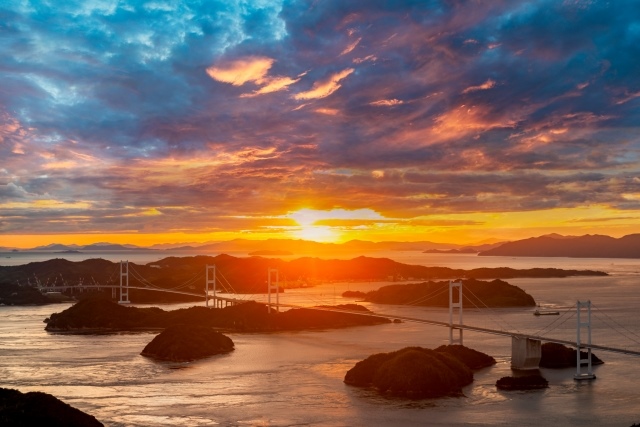Introducing Instagram-Worthy Photos of Hiroshima Prefecture
Hiroshima Prefecture boasts numerous photogenic spots ranging from historical sites like Itsukushima Shrine, Hiroshima Castle, and Fukuyama Castle to modern historical attractions like the Atomic Bomb Dome and the Yamato Battleship Museum. Particularly, Itsukushima Shrine and the Atomic Bomb Dome are UNESCO World Heritage Sites, attracting tourists from around the world.
Hiroshima Castle
Hiroshima Castle, built in 1589 by warlord Mori Terumoto, was strategically located for both land and water transport. After the Mori clan, the castle was used by the Fukushima and Asano clans. Although many structures were lost, the main keep was reconstructed in 1958 and now serves as a museum showcasing Hiroshima’s history.
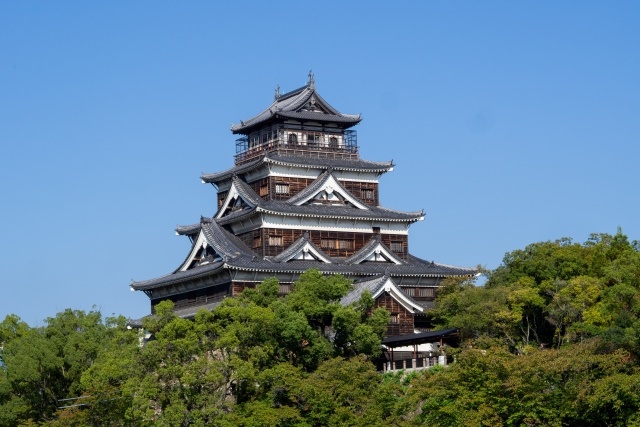
Instagram Worthiness:★★★★★
Photography Opportunity: All seasons
Location Information: ▶Map, Hours, Routes
Transportation Information: 6 minutes by bus from Hiroshima Station
Fukuyama Castle
Visible from the Shinkansen platform, Fukuyama Castle was built in 1622 by Mizuno Katsunari, a cousin of Tokugawa Ieyasu. The main keep serves as a museum displaying calligraphy, armor, and artifacts from ancient to medieval periods.
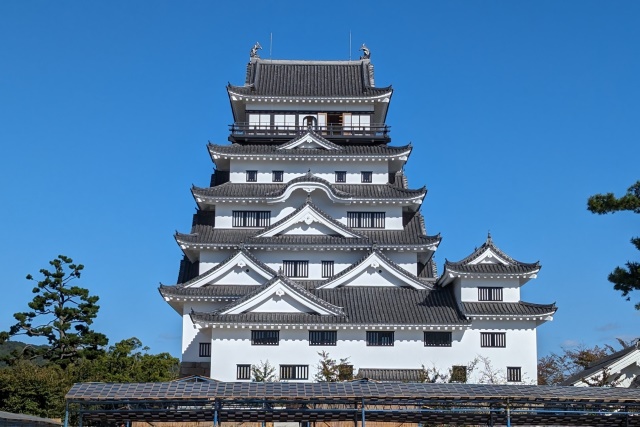
Instagram Worthiness:★★★★★
Photography Opportunity: All seasons
Location Information: ▶Map, Hours, Routes
Transportation Information: 3 minutes on foot from Fukuyama Station
Shukkeien Garden
Shukkeien Garden, established in 1620 by the Asano clan as a retreat, mimics the famous West Lake in China. The garden features a central pond, hills, bridges, and teahouses. It is especially beautiful during the autumn foliage when illuminated at night.
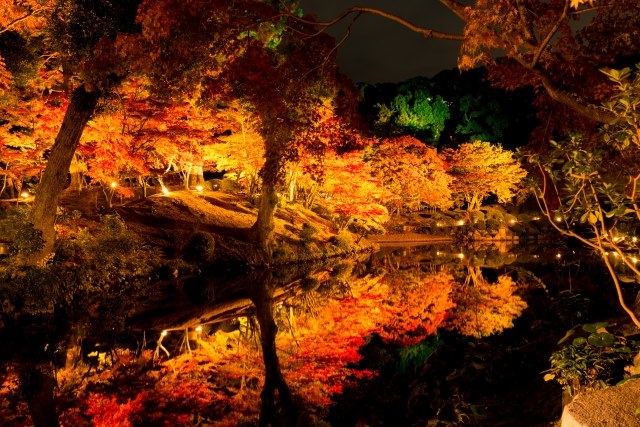
Instagram Worthiness:★★★★★
Photography Opportunity: All seasons
Location Information: ▶Map, Hours, Routes
Transportation Information: 4 minutes by bus from Hiroshima Station
Atomic Bomb Dome
The Atomic Bomb Dome, a symbol of peace, was severely damaged by the atomic bomb dropped on August 6, 1945. Designed by Czech architect Jan Letzel in 1915, it was originally the Hiroshima Prefectural Industrial Promotion Hall. Despite its destruction, it has been preserved as a reminder of the horrors of nuclear war and was designated a UNESCO World Heritage Site in 1996.
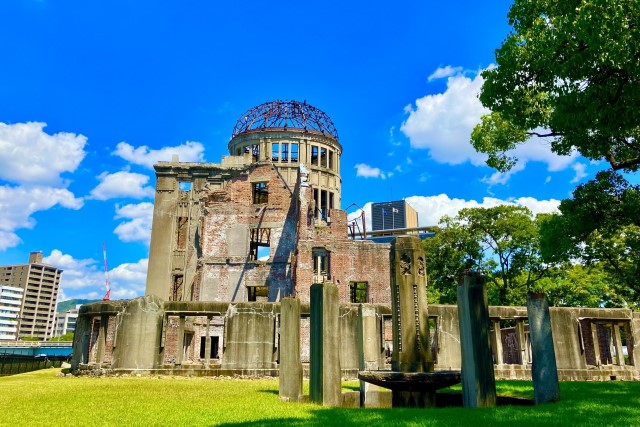
Instagram Worthiness:★★★★★
Photography Opportunity: All seasons
Location Information: ▶Map, Hours, Routes
Transportation Information: 11 minutes by bus from Hiroshima Station
Itsukushima Shrine
Founded in 593 and rebuilt by Taira no Kiyomori in 1168, Itsukushima Shrine has been faithfully restored in its original architectural style after a 13th-century fire. Recognized for its unparalleled scenic beauty and historical significance, it was designated a UNESCO World Heritage Site in 1996. The shrine harmonizes with the surrounding Seto Inland Sea and Mt. Misen, creating a mystical atmosphere.
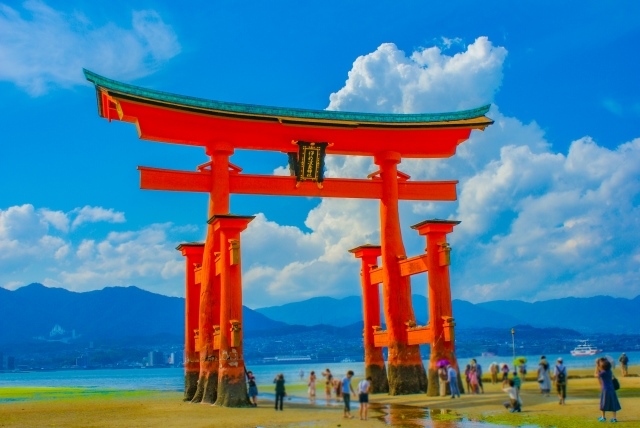
Instagram Worthiness:★★★★★
Photography Opportunity: All seasons
Location Information: ▶Map, Hours, Routes
Transportation Information: 10 minutes by ferry from Miyajimaguchi Station
Mt. Misen
Mt. Misen, standing at 535 meters, has been a sacred mountain since its establishment by Kobo Daishi over 1,200 years ago. The mountain features a primeval forest and mystical spots and is popular as a power spot. The summit offers breathtaking views, and the Reikado Hall near the top houses a fire said to have been burning for 1,200 years.
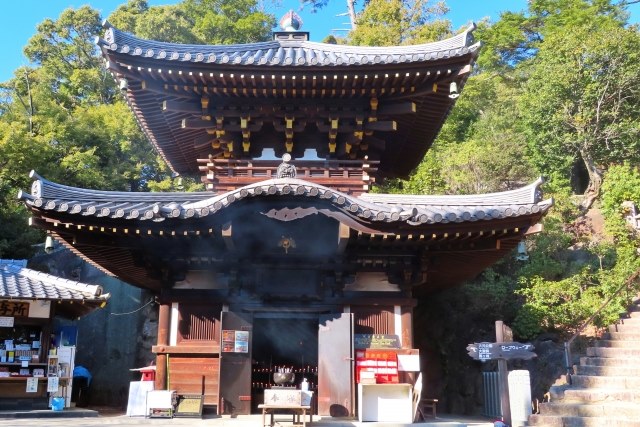
Instagram Worthiness:★★★★★
Photography Opportunity: All seasons
Location Information: ▶Map, Hours, Routes
Transportation Information: 60 minutes on foot from Miyajima Pier
Daishoin Temple
Daishoin Temple, the oldest temple on Miyajima, was founded by Kukai in 806. Located about a 5-minute walk uphill from Itsukushima Shrine, it has been visited by historical figures such as Toyotomi Hideyoshi and Ito Hirobumi, as well as emperors and even the Dalai Lama in 2006.
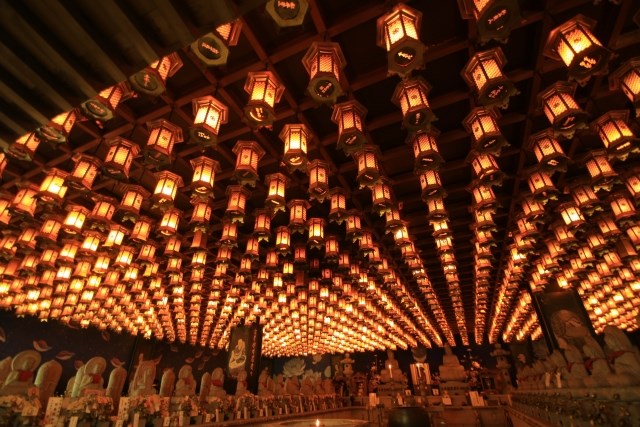
Instagram Worthiness:★★★★★
Photography Opportunity: All seasons
Location Information: ▶Map, Hours, Routes
Transportation Information: 25 minutes on foot from Miyajima Pier
Yamato Museum
Kure City, once a major naval base before World War II, is home to the Yamato Museum, which opened in 2005. The museum features a 1:10 scale model of the battleship Yamato, real Zero fighter planes, and remnants of the docks where the Yamato was built.
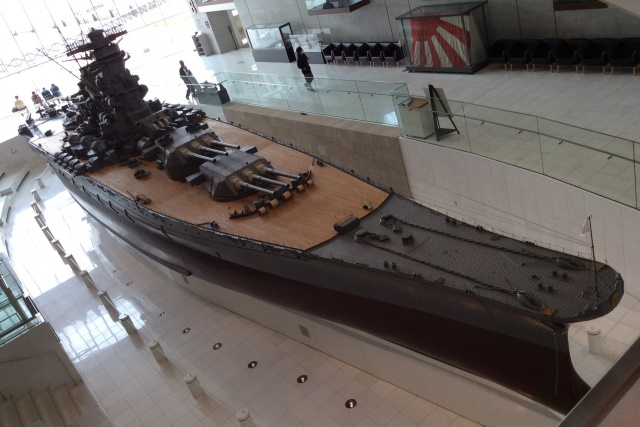
Instagram Worthiness:★★★★★
Photography Opportunity: All seasons
Location Information: ▶Map, Hours, Routes
Transportation Information: 8 minutes on foot from Kure Station
Tetsu no Kujira Museum
Located opposite the Yamato Museum, the Tetsu no Kujira Museum showcases the activities of the Japan Maritime Self-Defense Force. Visitors can see real mines, removal devices, and board the submarine “Akishio.”
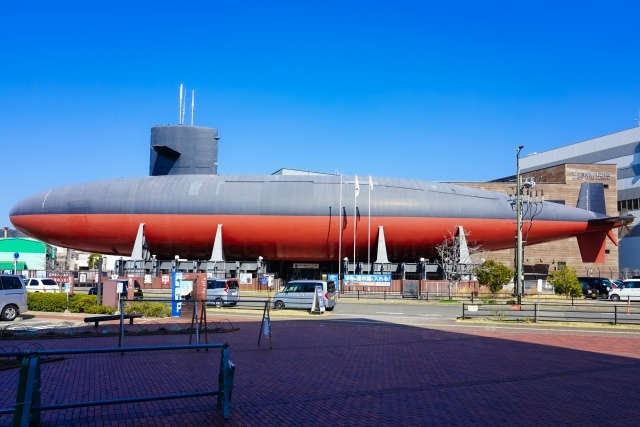
Instagram Worthiness:★★★★★
Photography Opportunity: All seasons
Location Information: ▶Map, Hours, Routes
Transportation Information: 7 minutes on foot from Kure Station
Okunoshima Island
Accessible by a 15-minute ferry ride from Takehara City, Okunoshima Island, also known as Rabbit Island, is home to about 500-600 wild rabbits. It offers activities such as camping, cycling, and fishing, and features a swimming beach and an outdoor pool in summer. The island also has a Poison Gas Museum and Visitor Center that explain its wartime history.
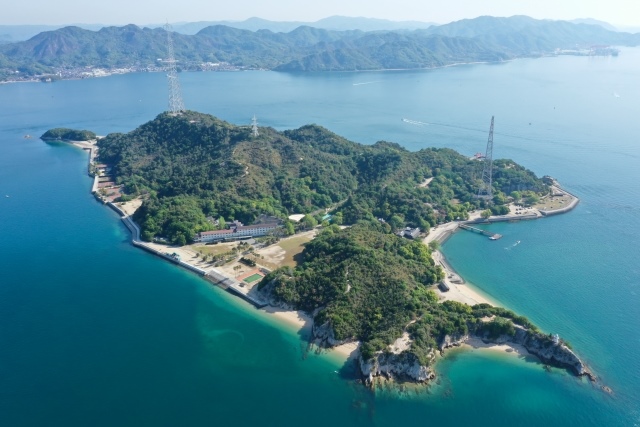
Instagram Worthiness:★★★★★
Photography Opportunity: All seasons
Location Information: ▶Map, Hours, Routes
Transportation Information: 15 minutes by ferry from Tadano-Umi Station
Seto Inland Sea Route
The Seto Inland Sea Route connects Onomichi City in Hiroshima Prefecture with Imabari City in Ehime Prefecture, spanning approximately 60 kilometers. This scenic road, with seven bridges linking islands, offers pathways for cyclists and pedestrians, providing stunning views of the sea and islands.
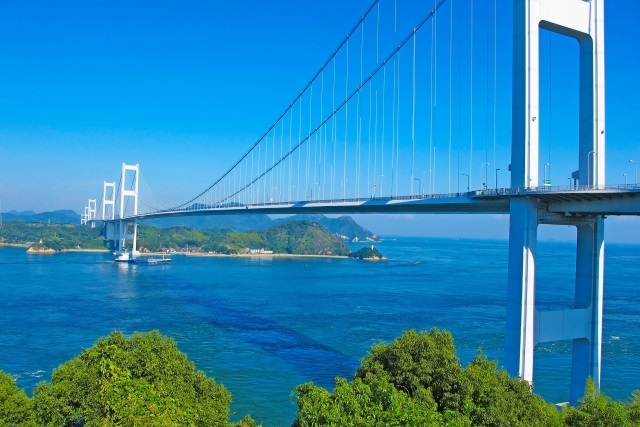
Instagram Worthiness:★★★★★
Photography Opportunity: All seasons
Location Information: ▶Map, Hours, Routes
Transportation Information: Onomichi Station
Onomichi City
Onomichi City, the starting point of the Seto Inland Sea Route on the Honshu side, is known for its renovated historical buildings, trendy shops, and delicious local cuisine, including the famous Onomichi ramen. The city is famous for its hills and temples, particularly Senkoji Park, accessible by a 365-meter ropeway, offering panoramic views of the Seto Inland Sea and the town.
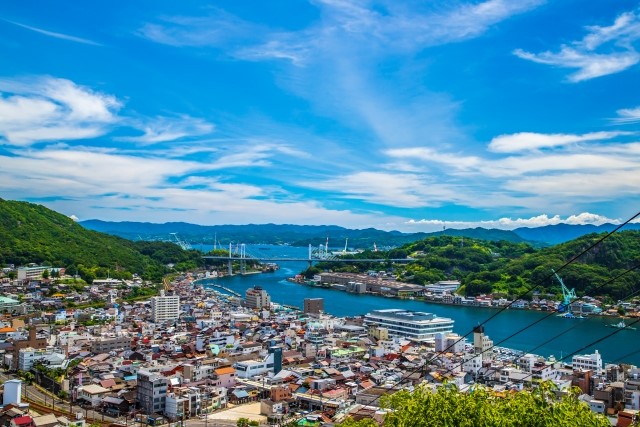
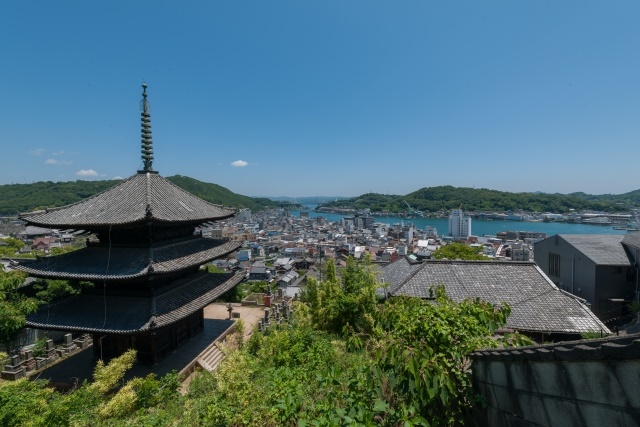
Instagram Worthiness:★★★★★
Photography Opportunity: All seasons
Location Information: ▶Map, Hours, Routes
Transportation Information: Onomichi Station
